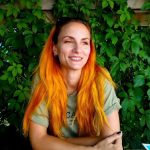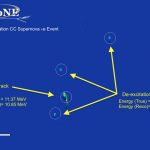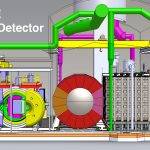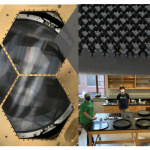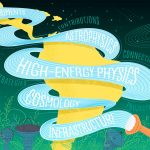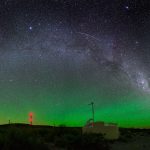Whether in Serbia or Chicago, Fermilab postdoctoral researcher Aleksandra Ćiprijanović is working to unlock the secrets of the night sky. As a member of the Deep Skies Lab, an international collaboration of physicists, she’s figuring out how to use artificial intelligence and machine learning to better handle the huge amounts of data needed for discovery science.
astrophysics
From AZoMaterials, Feb. 18, 2021: Fermilab scientist Jeff McMahon and his research team have designed a new kind of metamaterials-based antireflection coating for the silicon lenses used in cameras used to capture the cosmic microwave background.
From Forbes, Feb. 22, 2021: Fermilab scientist Don Lincoln explains how modern cosmology imagines our universe is an astronomical confection with three primary ingredients: ordinary matter, dark matter and dark energy.
From Tech2.org, Feb. 16, 2021: Though the findings from the Holometer mean that, for now, scientists still haven’t found a way to solve general relativity with quantum mechanics, its design and the research it enabled will shape future efforts to prove the intersection of relativity and quantum mechanics at Planck scales.
From Forbes, Feb. 10, 2021: Fermilab scientist Don Lincoln explains why there should be equal amounts of matter and antimatter in the universe. There aren’t. He discusses several current theories that try to explain the discrepancy. Better understanding this imbalance is an aim of ongoing experiments, such as DUNE, which is being built at Fermilab.

